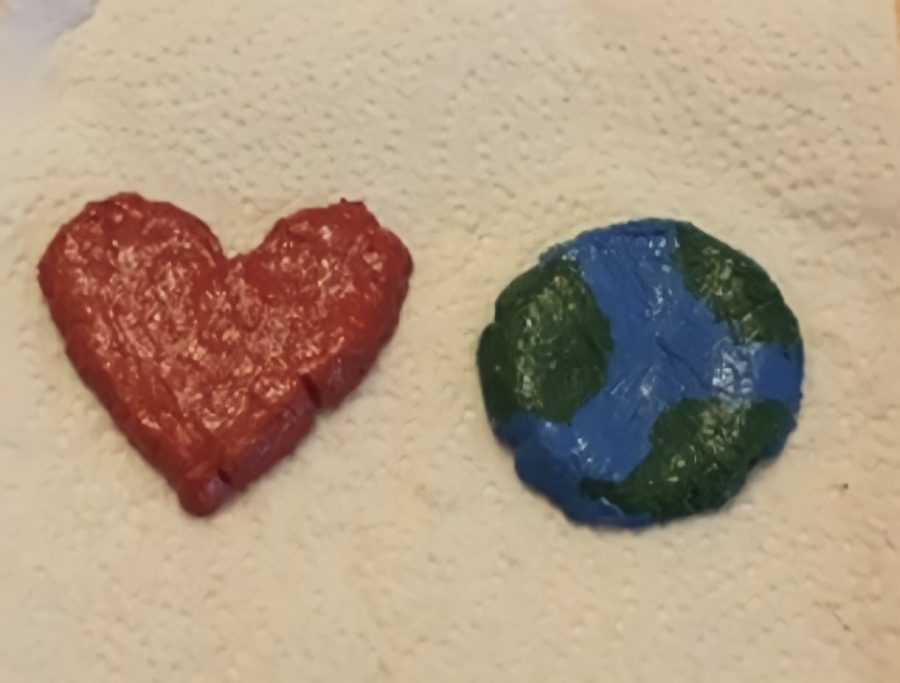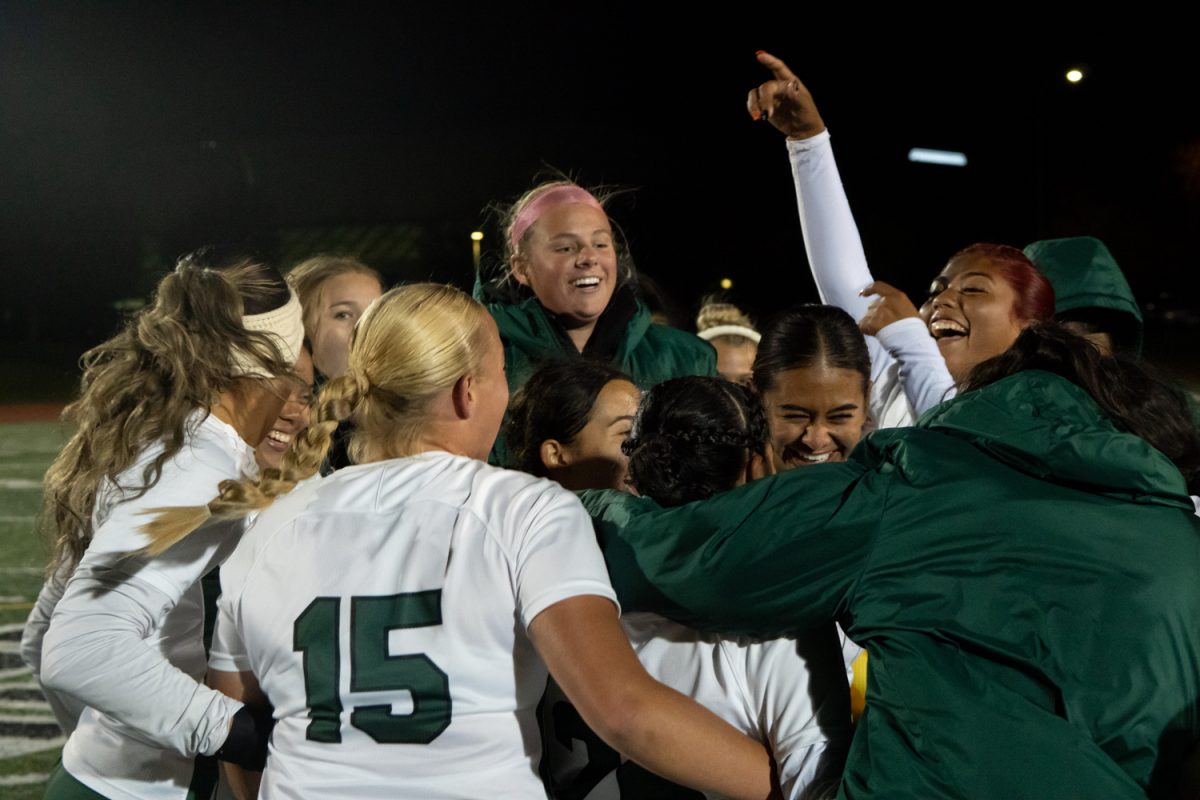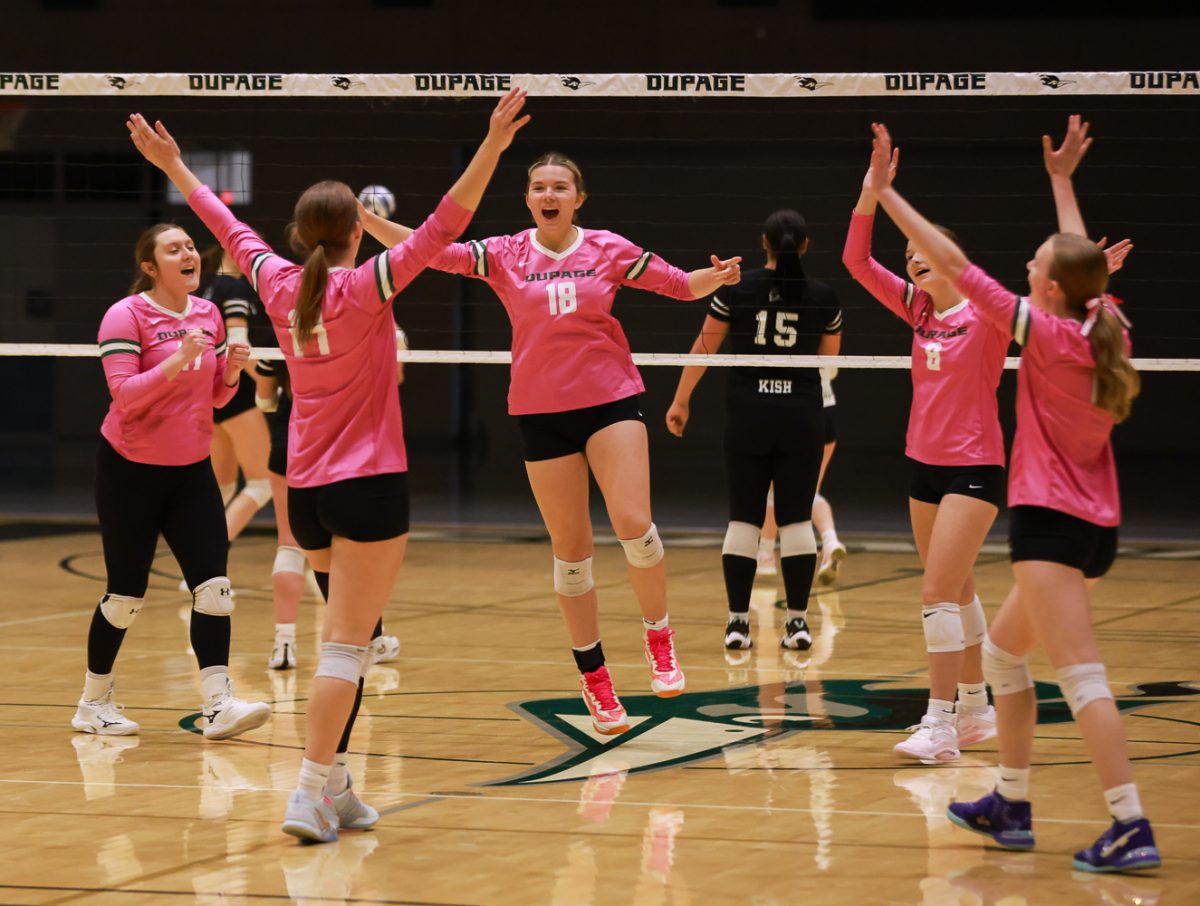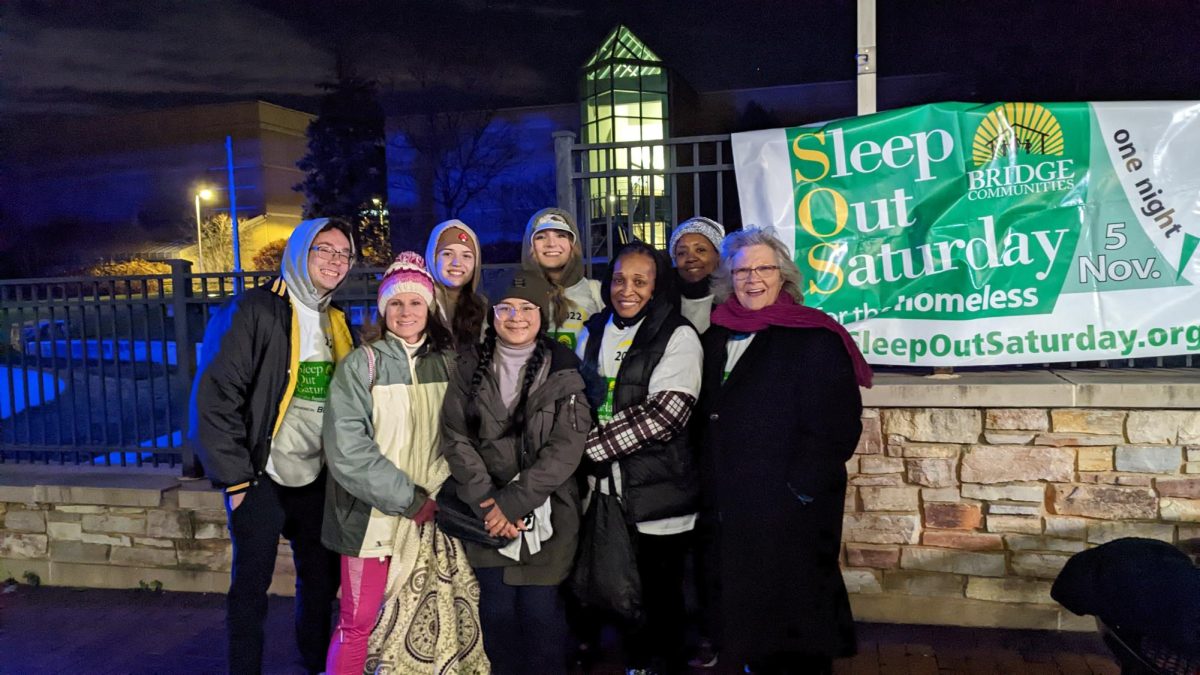Can Old Toys Become Sustainable?
Biotech club creates bioplastic toys and gifts for STEMCON as alternatives for plastic.
Bioplastic toys can be made as simple objects that can still be enjoyed, to even more elaborate toys with more material.
February 21, 2022
We all grow out of our old toys eventually; what’s hard is trying to recycle the broken toys we loved. This year, the Biotech Club plans to utilize STEMCON Spring 2022 to inspire and educate K-12 students about bioplastic by creating toys and gifts from compostable materials.
The club introduces kids and their parents to creating bioplastic toys and gifts in their homes by using one cup of milk and some white vinegar. The finished product will make casein plastic, introduced in the United States in 1919. The bioplastic toy or gift can be painted on when the product is thoroughly dried.
Bioplastics are made by using biotechnology methods such as fermentation and genetic engineering. The role of biotechnology reconnects global growth with sustainability, such as transitioning from plastics to bioplastics. Bioplastics reduce the amount of fossil fuel usage, decomposes faster and reduces carbon footprint. Bioplastics are also less toxic and do not contain bisphenol A (BPA), a hormone disruptor that is often found in traditional plastics.
The Biotech Club encourages COD students to join their club and mission for STEMCON on April 30 from 10 a.m. to 4 p.m. in the PEC Arena. COD students can get volunteer hours from this event.
The club also encourages students to visit their next meeting on March 4 from 2 p.m. to 3 p.m. The club wants to help COD students connect with others in the science field, even with others outside of COD and other science fields besides biotechnology. In addition, the club plans on doing more experiments and research, especially on ways biotechnology can help the environment.
“We want the K-12 students to understand the importance of bioplastic as an ecological alternative for the environment by showcasing a product they can play with or make for loved ones,” said BioTech Club President Gabriella Gallardo. “I hope bioplastic toys can be more common and a completely alternative solution in the future. As college students, we need to keep encouraging the younger generation to continue making a change for the well-being of our health and the earth.”




















